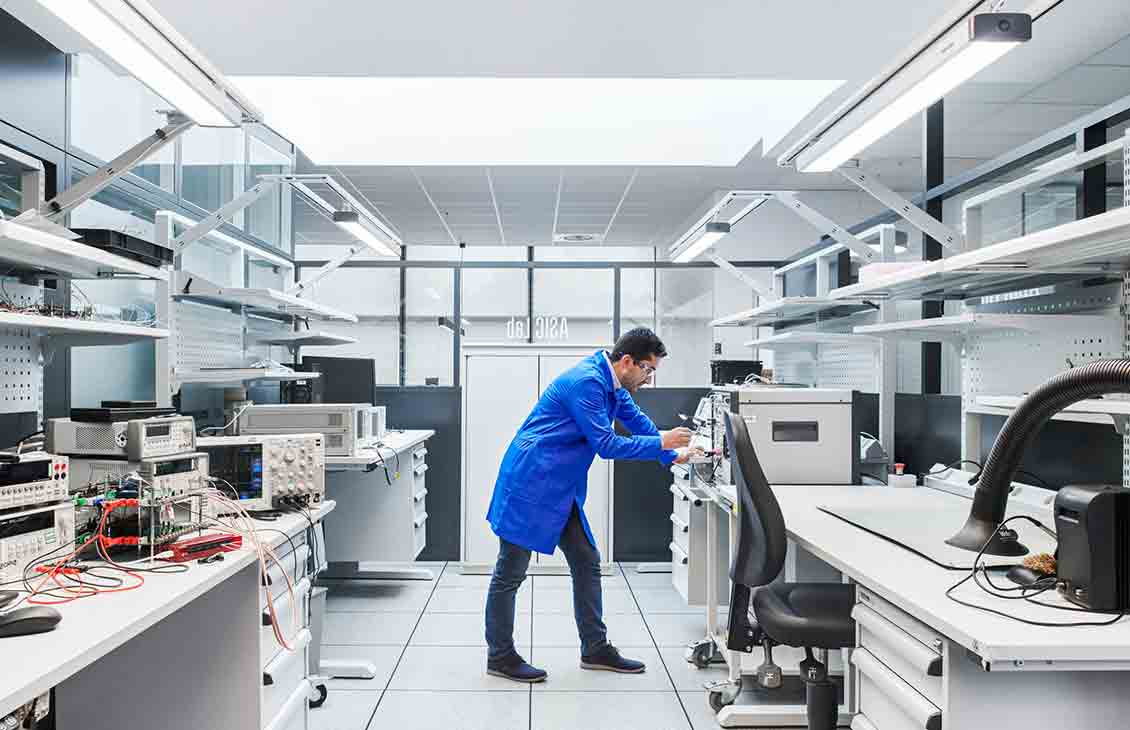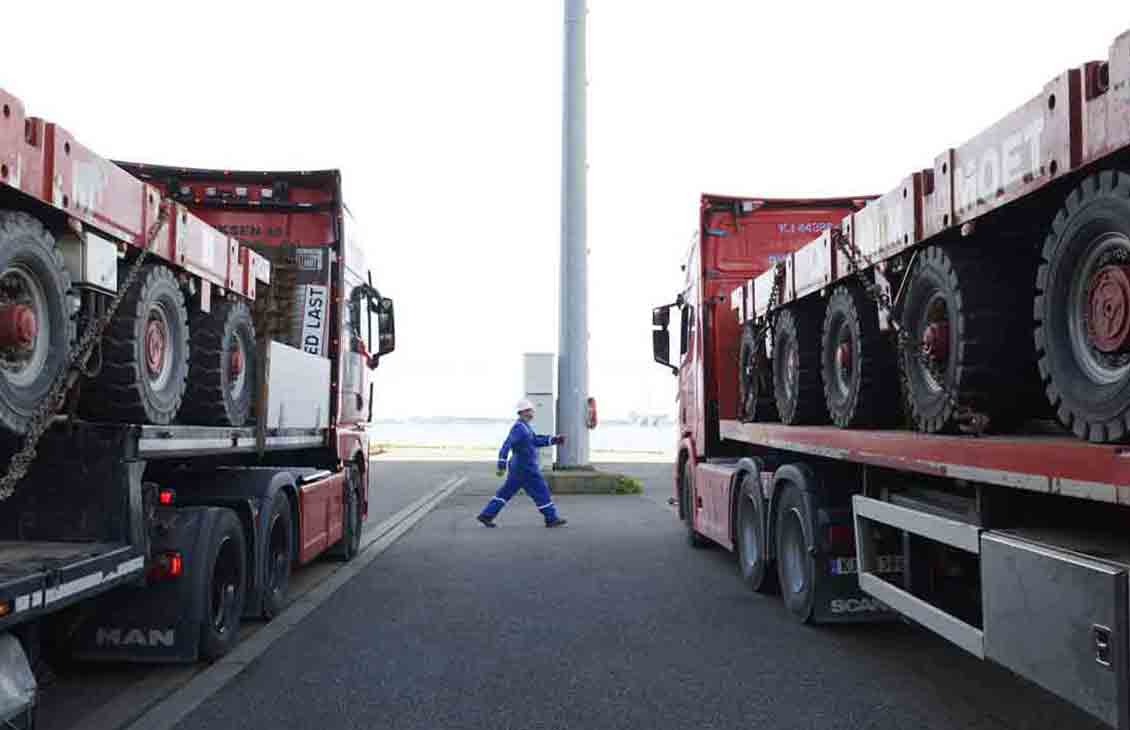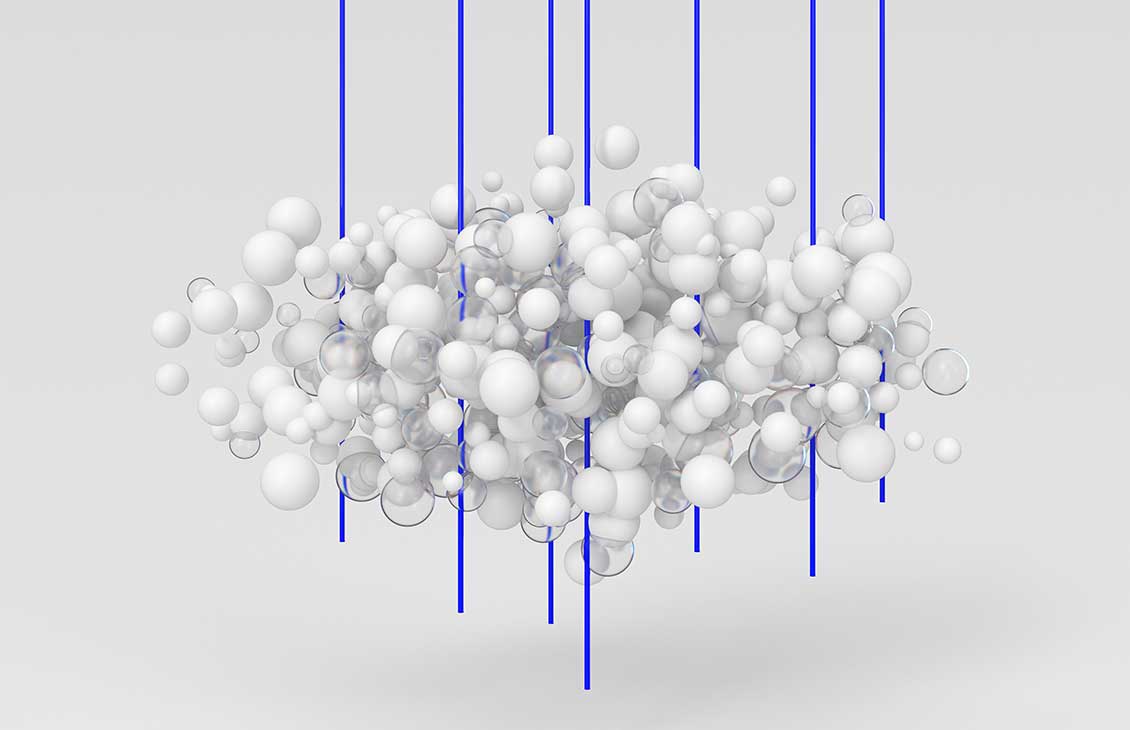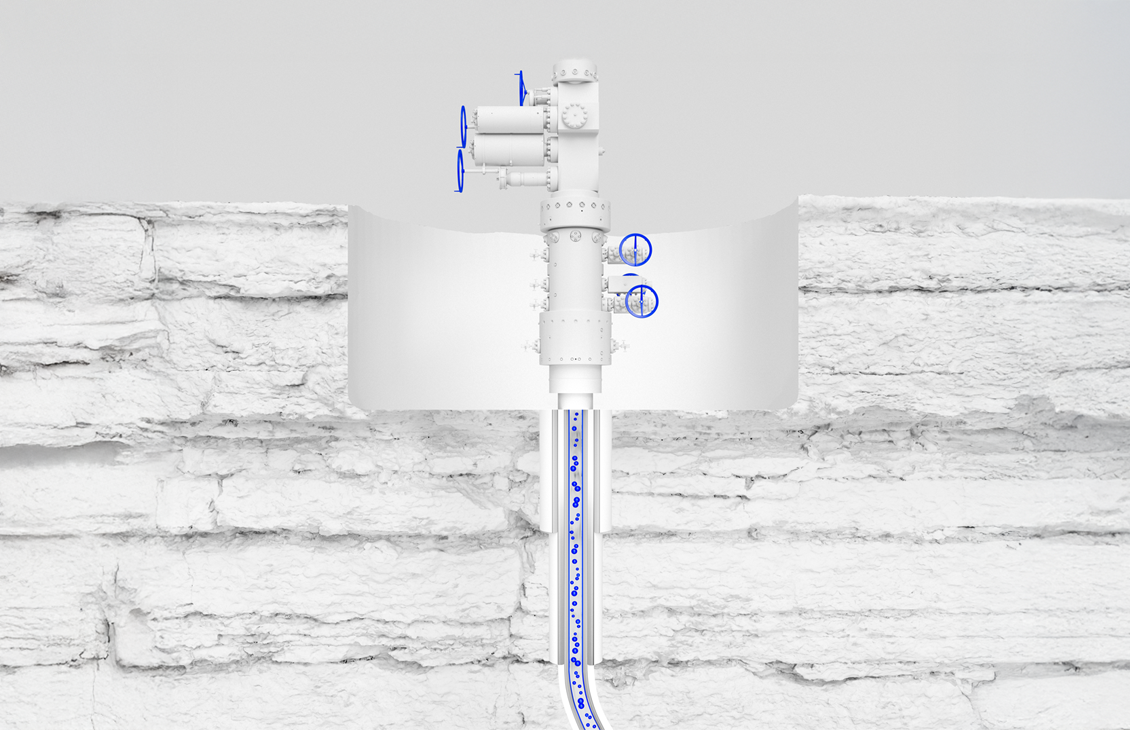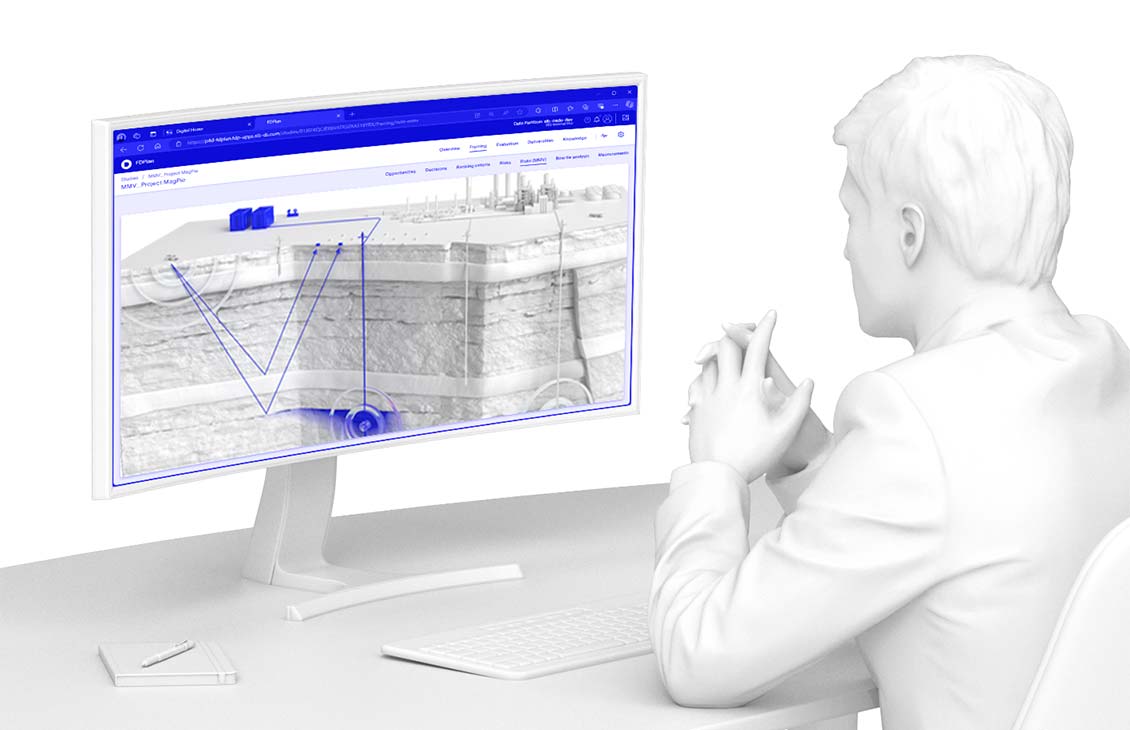The vital role of CCUS
SLB’s bold approach to a practical and viable carbon abatement solution

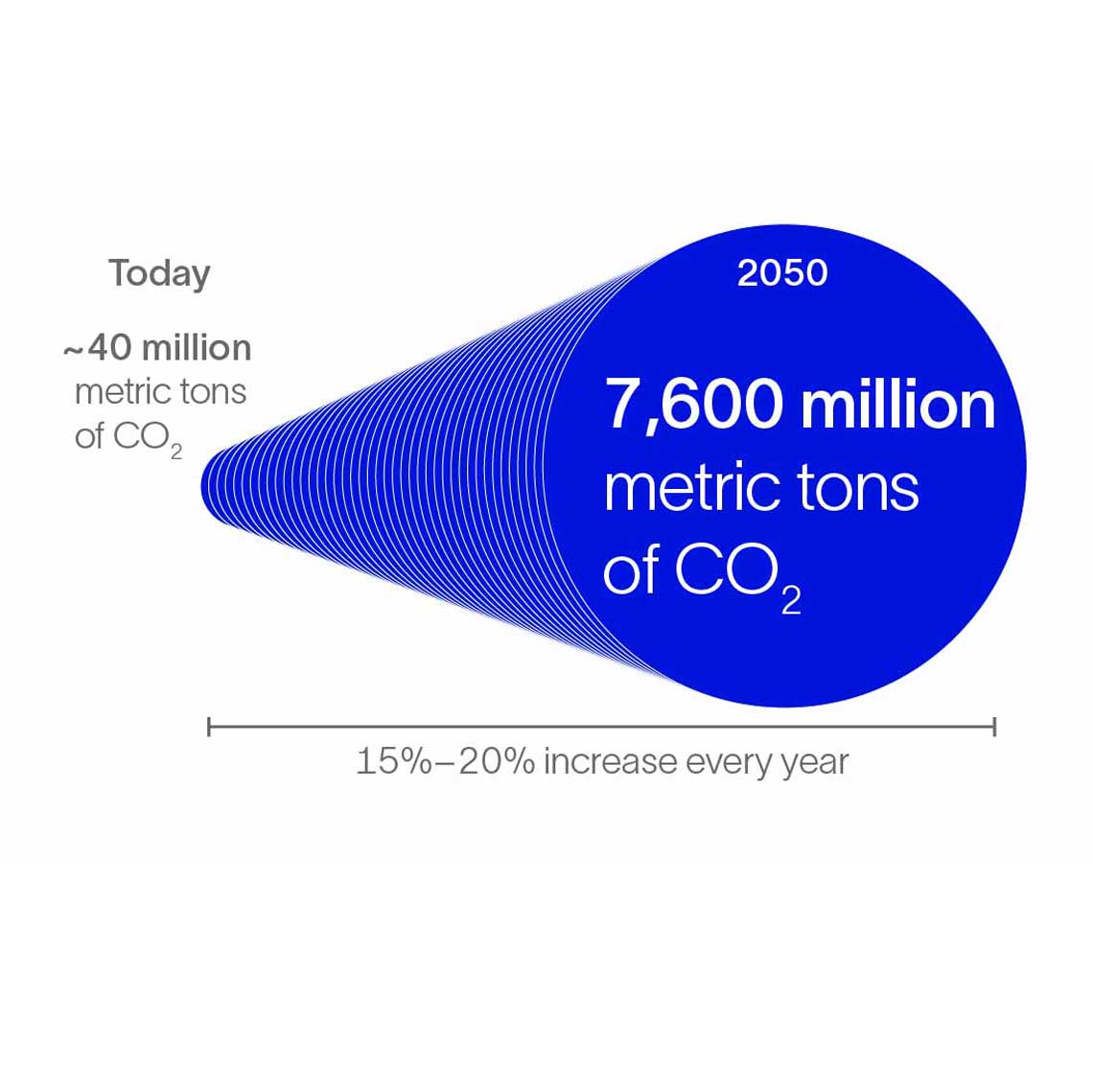
Abating carbon with CCUS
CCUS plays a vital role in carbon abatement as one of the few viable decarbonization mechanisms. But it doesn’t come without its challenges. A new market ecosystem needs to be established to overcome the challenges we face today.
Today, the industry is capturing and storing ~40 million metric tons per year. Carbon capture and sequestration are needed at gigaton scale by 2050 to reach net zero.
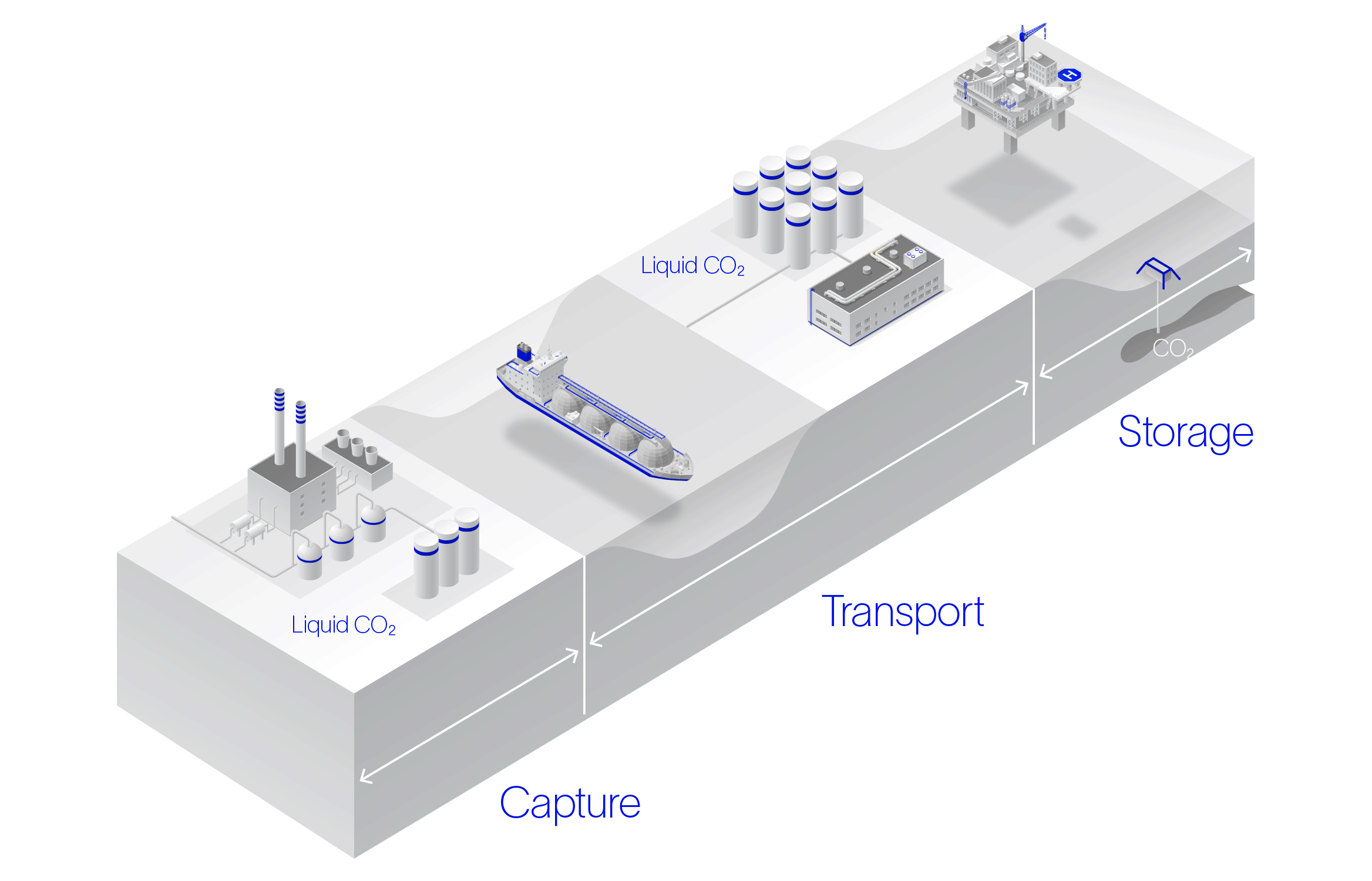
Achieving common infrastructure
SLB has been actively involved in CCUS across industries for two decades. Building on our core strengths, we’re able to forge new partnerships across the entire value chain. This means combining the best minds and skillsets—from carbon capture and transport to sequestration—to accelerate decarbonization using large industrial hubs. Through these hubs, emitters can use common transport and sequestration infrastructure. This creates a network that reduces unit costs for all organizations involved and makes CCUS projects more feasible. And using a suite of business models—from technical agreements to joint ventures—we help ensure a successful project.
Economic incentives
Governments around the world are expanding economic incentives to accelerate CCUS as a key component of industrial decarbonization and climate strategy.
In the United States, the Section 45Q tax credit—reinforced under the 2025 One Big Beautiful Bill Act (OBBB)—offers up to $85 per ton for CO₂ captured from industrial and power sources and $180 per ton for direct air capture, with equal credit for both geologic storage and utilization. The credit’s transferability and inflation adjustments have also been preserved, providing long-term certainty for investors and developers. The European Union is advancing its Net Zero Industry Act (NZIA) and expanding its Emissions Trading System (ETS) to support CO₂ storage infrastructure and cross-border carbon management. Canada continues to deploy federal tax credits and provincial funding, particularly through Emissions Reduction Alberta (ERA), to support industrial-scale CCUS and clean hydrogen. Australia is embedding CCUS into its national Net Zero Plan, with targeted support for geological storage and hard-to-abate sectors. Meanwhile, countries like China, the UAE, and Saudi Arabia are investing in large-scale CCUS hubs as part of their broader energy transition strategies.
These global efforts reflect a growing consensus: robust economic incentives—ranging from tax credits and grants to carbon pricing and infrastructure funding—are essential to scaling CCUS technologies, attracting private capital, and achieving climate targets at speed and scale.
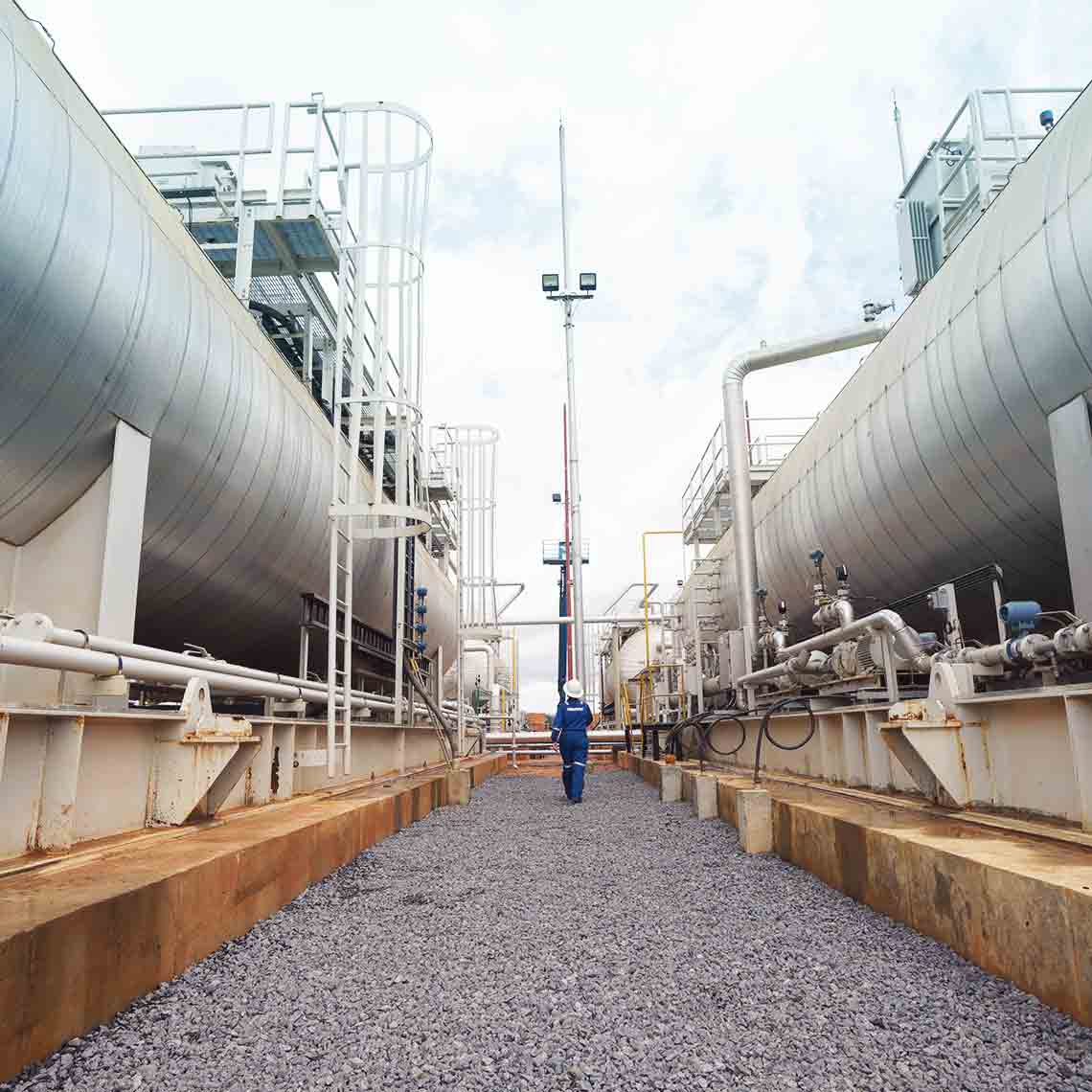
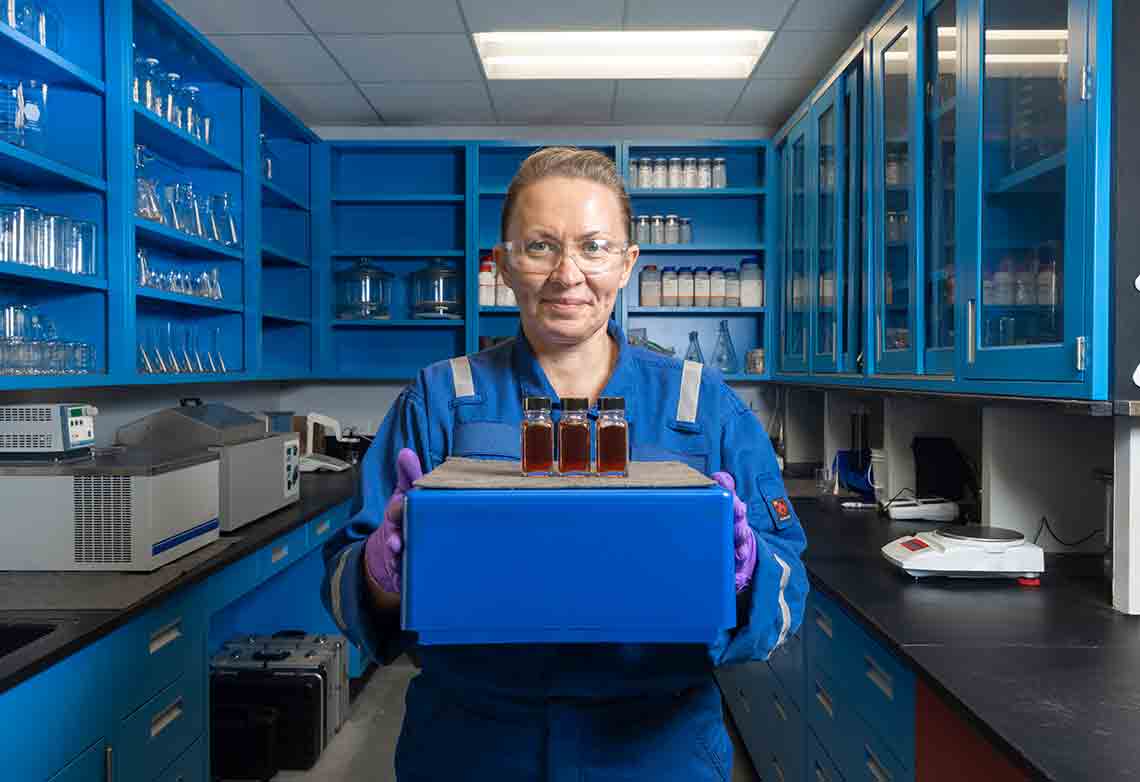
Unique carbon capture technology
SLB’s carbon capture technology addresses different streams of CO2 emissions using a unique, versatile nonaqueous solvent to drive down carbon capture costs.

Executive viewpoint: The vital role of CCUS in the net-zero energy transition
For more than a century, fossil fuels have been central to economic development, helping build the modern world as we know it. But with climate change and global warming posing existential threats to society, industries across all sectors must find practical and economical ways to decarbonize their operations and their products.
Read ArticleHow we've optimized CCUS
Dive deeper
SLB Solution
Carbon Capture and Storage




